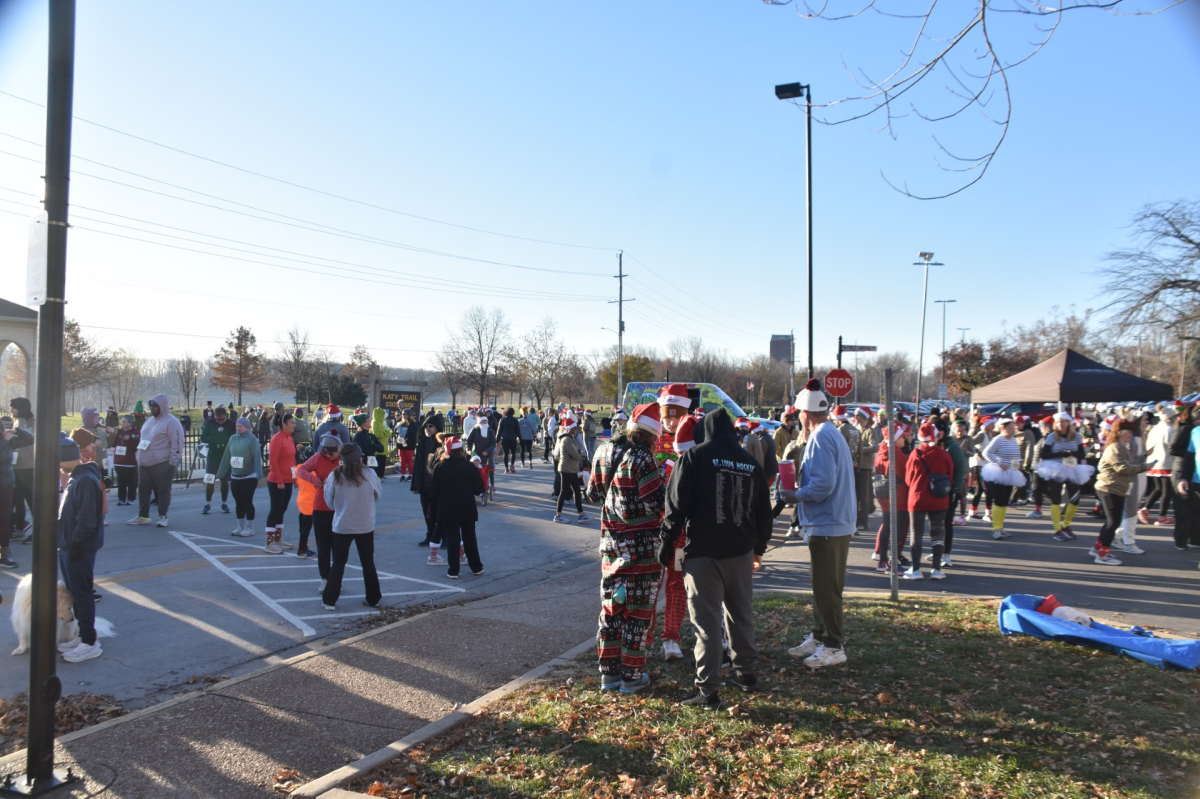The 2024 Presidential Election is coming up on Nov. 5, and here is a quick guide for anyone who is confused about the ballot.
Political policy is hard to follow, especially if you do not sit down and watch each debate or take time to keep up with what CNN and Fox are saying. It can be confusing for people who don’t dedicate time and research to understanding the jargon.
Let’s break down some of the major ballot items that voters will see this November.
First up is the Presidential Election. The main two candidates are former President Donald Trump (with running mate J.D. Vance) and current Vice President Kamala Harris (with running mate Tom Walz). There are also two independent or third-party candidates, Jill Stien and Chase Oliver.
Many articles and broadcasts have taken apart the main two candidates’ stances and platforms. If you want to research these two candidates or their policies, try using AllSides, FactCheck.org, or BallotPedia. These sites were recommended by Lindenwood University Political Science Professor, Barbara Hosto-Marti.
Hosto-Marti said, “These two sites are pretty laymen’s terms. They are written for the general public; they are written in almost newspaper kind of terminology so it’s far less specific or political policy jargon.” Professor Host-Marti also wants to challenge people to get into the policy jargon side of things, “because that’s where a lot of the nitty gritty is. That’s where the things can get hidden. And it’s also where some of the misrepresentation can occur.”
For people who struggle to make sense of all the confusing headlines and polarized opinions, Hosto-Marti suggested thinking of it as looking through the dating profiles of the candidates.
“That’s kind of what their campaign speeches are, it’s almost like their dating profile, right? They are going to tell them a little bit about themselves but as with all dating profiles, they are going to put up front what they really want you to know or what they think you want to hear.” Hosto-Marti said.
The Nov. 5 ballot will have much more than the Presidential election on it though. Go to BallotPedia to look up every issue that may appear on ballots in your area in November’s election. There are a lot of regional and state issues like Senate and House candidates or Sports Betting.
There are six Missouri state ballot measures. Including a vote on Sports Betting, the Right to Reproductive Freedom, the Osage River Gambling Boat License Initiative, the Levying of Fees to Support Salaries of Law Enforcement Personnel Amendment, Require Citizenship to Vote and Prohibit Ranked-Choice Voting Amendment, and the Minimum Wage and Earned Paid Sick Time Initiative. Many of these issues can have an impact on voters’ lives, so make sure to look into each of them before heading to the polls.
For first-time voters, make sure you are registered and have found where the polls will be and when they will be open. Make sure you can get there the day of, if not think about registering for an Absentee ballot.
Be careful to read through each issue on the ballot because the wording can be deceiving.
The last piece of advice from Professor Hosto-Marti was, “The other thing young people need to know, especially the first time you go to vote. You can print this out and take it with you. You can download it on your phone. You can bring any material you want to have with you. You don’t have to cram it all in your memory and hope you remember.”
This means, taking notes. Make a little ‘cheat sheet’ of what the issues are and what you want to vote on them. This is not a closed-book test; you can even go with a friend and lean over to talk to them.
For Lindenwood University students, consider going to some of the events that the Political Science department is planning on holding before the election. The first event will be on Oct. 10 in McCluer Lounge to help people figure out their voting plan. The second event will be Oct. 16 at 3 p.m. To talk about the ballot issues to help clarify the wording on the issues people will be voting on.
Don’t forget to vote.










